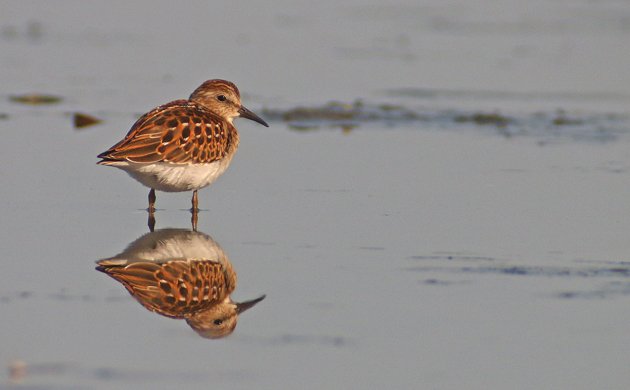
Every single summer when I am out experiencing the mud and heat and shorebirds on the the East Pond of Jamaica Bay Wildlife Refuge I find myself getting into the same silent argument with myself. Which of the two most beautiful juvenile shorebirds do I think is better. Typically, I end up deciding that it is the one that is standing in front of me, too naive to realize that staying close to people is probably not a good idea. Then, invariably,shortly thereafter I spot the other species and decide that it is better. This internal debate has been going on for years and I am no closer to making a final decision.
Therefore, I turn to you, dear readers of 10,000 Birds. Which bird is the better bird? I’ll just put some pictures here with a little bit of commentary and let you take over in the comments. Please help me make up my mind and let me look less crazy to other birders who spot me fighting with myself on the East Pond.
Just look at the colors on this Short-billed Dowitcher! Every single feather is gorgeous and it is perfectly proportioned.
But Least Sandpipers have at least as pleasing a palette and everyone knows that good things come in small packages.
Look at this thing! Check out those primaries, those scapulars! And the big ol’ bill just adds to the appeal.
What’s not to like about a Least Sandpiper though? All the beauty of a dowitcher but only as long as a dowitcher’s bill.
You see my problem? Help! Which bird is better?
…


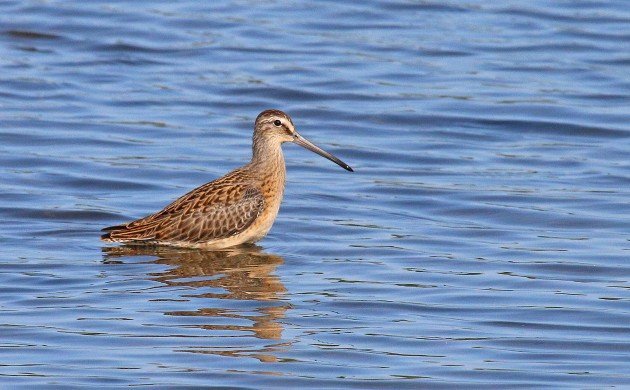
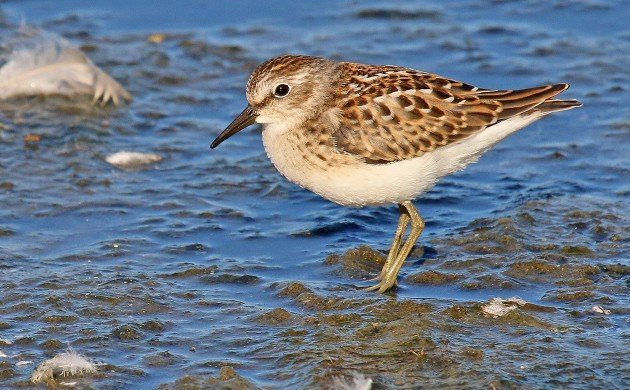
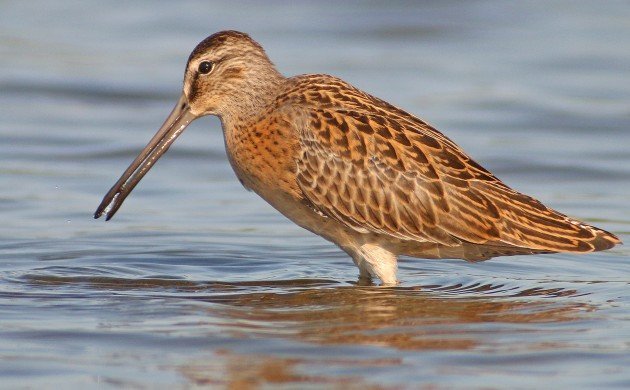
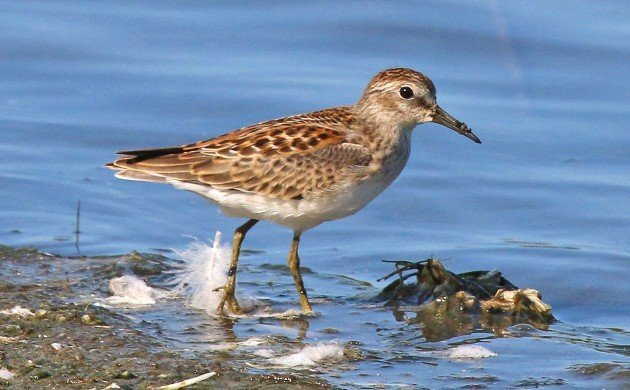











Least by a wide margin.
Why does one have to be better?
Of that pair, I’m partial to Least Sandpipers, mainly because I see them more often.
Excellent question! Two of my favorite scolopacid plumages.
I vote for the Short-billed Dowitcher! It’s gorgeous! Reminds me of the beautiful feathers of the Marbled Godwit, my favorite bird when I lived in California…
@Jill Finger: Good question!
@Everyone: This is not helping me resolve this question.